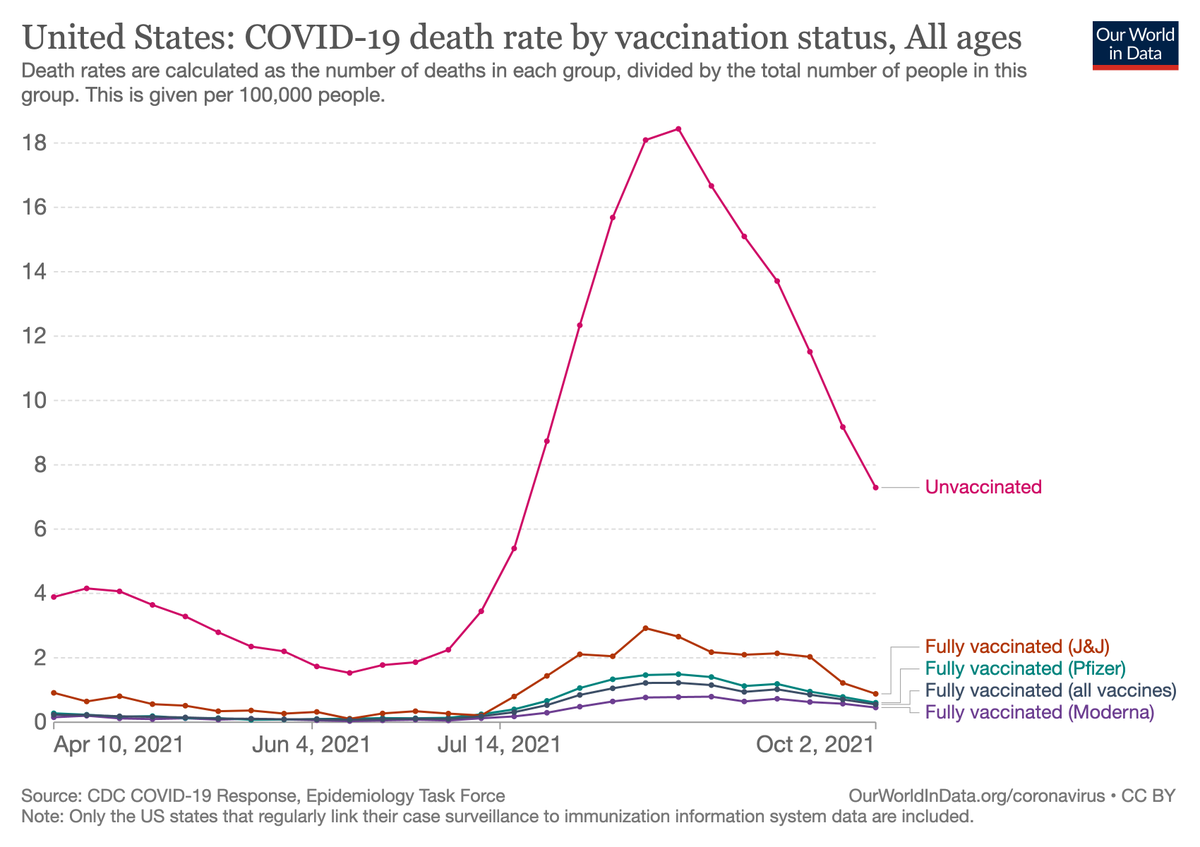
Head of Data & Research at @OurWorldinData • Open data and research on the world's largest problems • Currently off Twitter, please reach out via my website
How to get URL link on X (Twitter) App






 (2) It's also true that the number of deaths remains very low right now.
(2) It's also true that the number of deaths remains very low right now.




 You may sometimes see headlines like “Half of those who died from the virus were vaccinated”.
You may sometimes see headlines like “Half of those who died from the virus were vaccinated”. 



 In absolute numbers, the largest pledges have come from:
In absolute numbers, the largest pledges have come from:
https://twitter.com/sanchezcastejon/status/1426134410794086403Due to limited space on our charts and the number of countries in our data, we can't show all countries. We make a default selection based on a mix of criteria, the main one being population (if you can't show everyone, the second-best thing is to show as many people as possible)